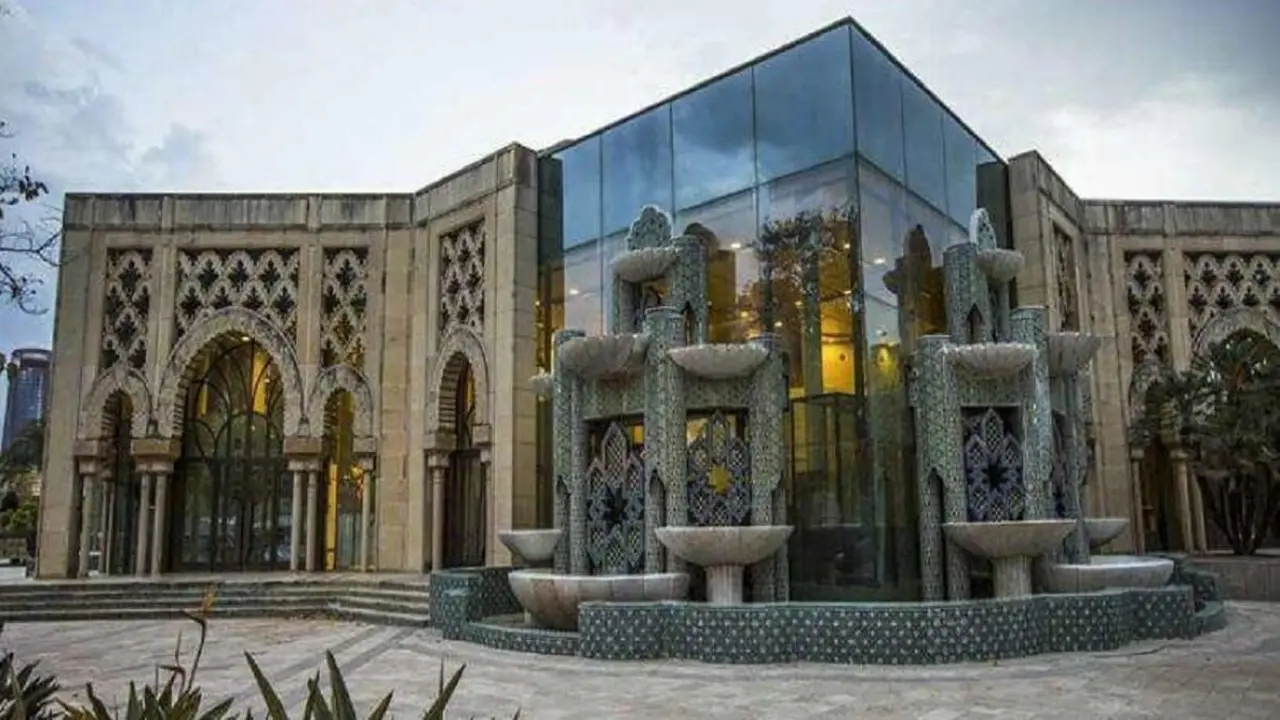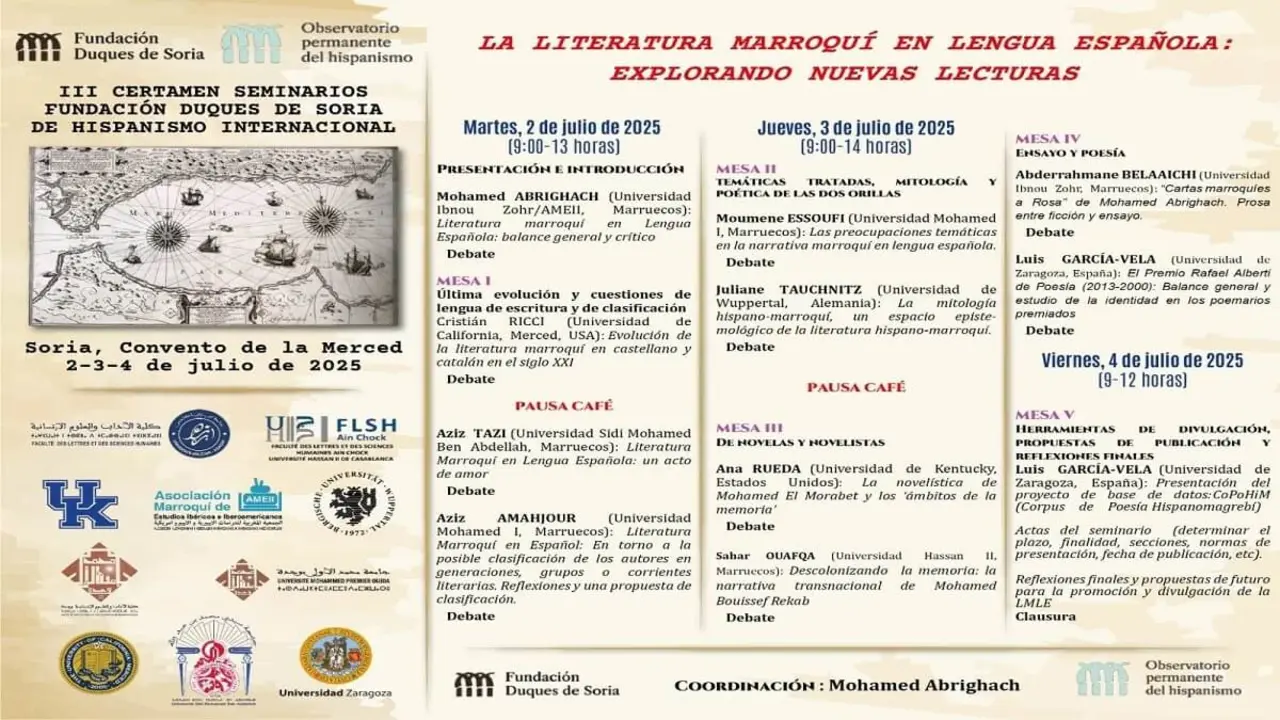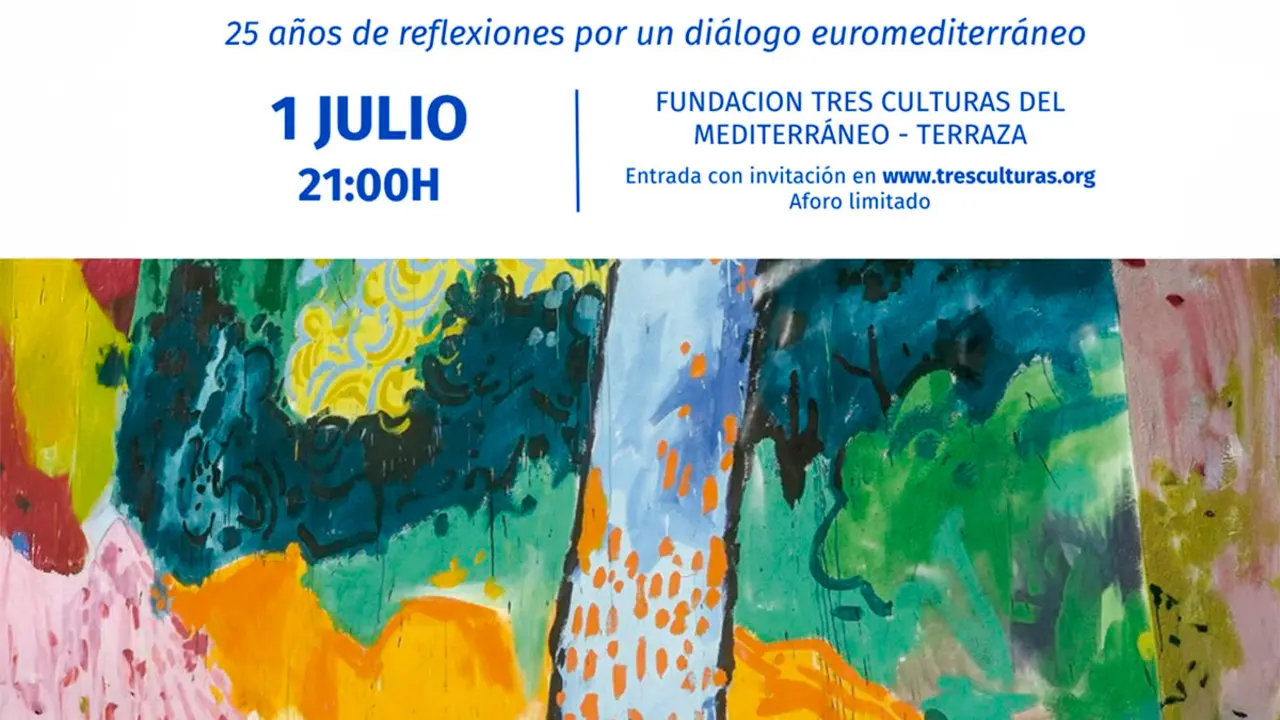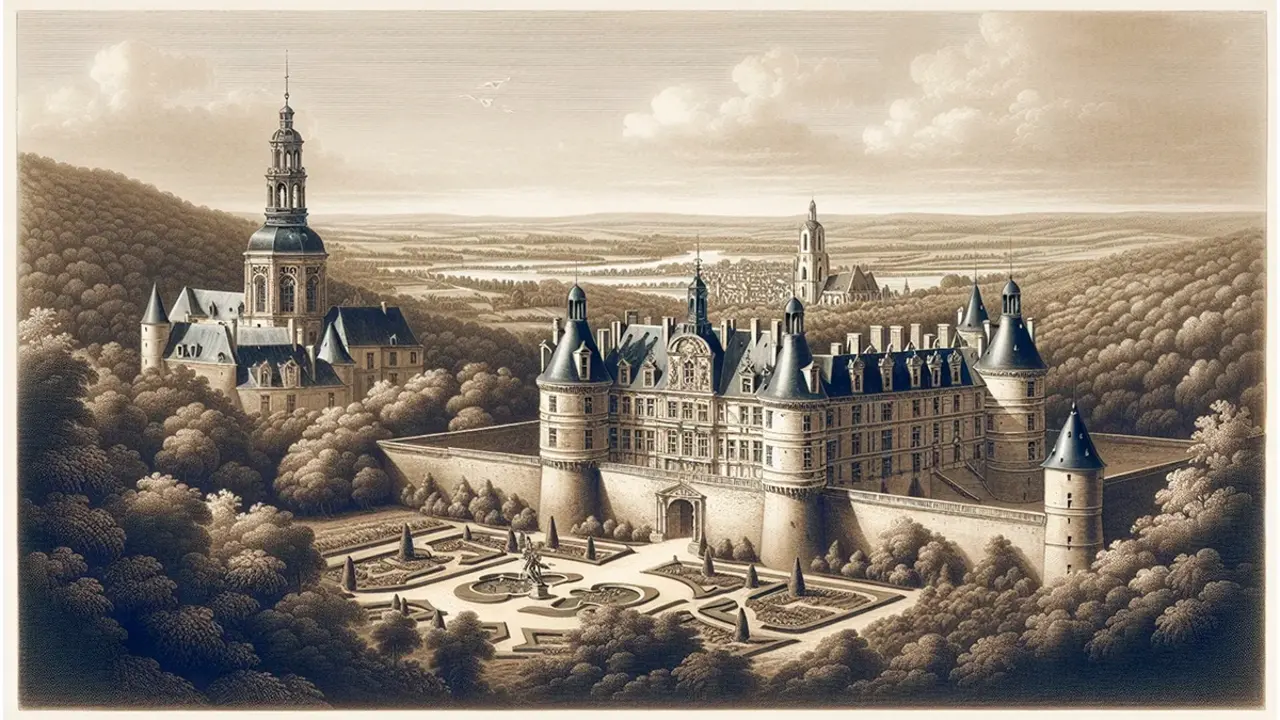The Golden Age of the Jews of Alandalus

The Sepharad Centre has inaugurated a unique exhibition, which rescues not a few gaps in a period of our history. Under the title 'The Golden Age of the Jews of Alandalus', a spelling that equates it with other Spanish place names such as Alcun, Albacete or Alcala, facsimiles of the manuscripts found in the guenizah of the Ben Ezra Synagogue in Fustat (Old Cairo) are on display.
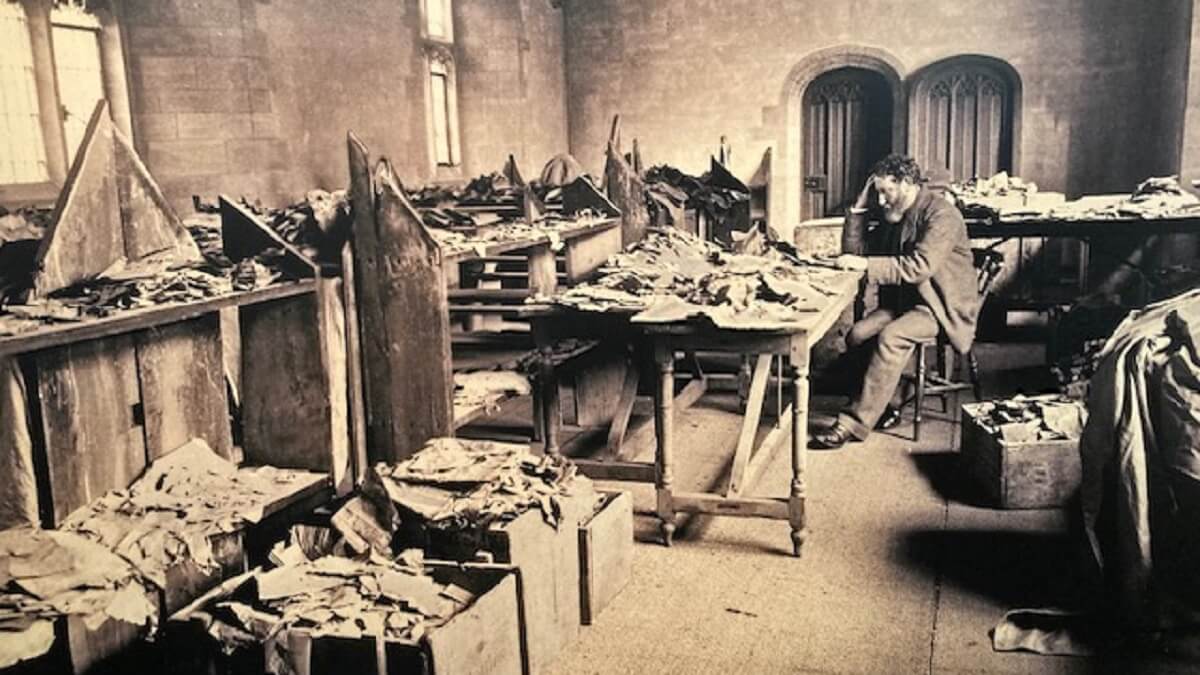
It was in 1896 that two English twins, Agnes Lewis and Margaret Gibson, returned home to Cambridge after an expedition to Egypt and Palestine. Experts in the study of manuscripts, they returned with a bundle of fragments of paper and parchment which they claimed to have bought from antiquities dealers. When they showed these acquisitions to their friend Solomon Schechter, professor of Rabbinism at Cambridge University, he discovered something fascinating: a loose page with the original lost Hebrew text of the Book of Ben Sirach, called "Ecclesiasticus" by Christians. Schechter immediately travelled to Cairo, where the Chief Rabbi of Egypt granted him access to the guenizah (storehouse) of the Ben Ezra Synagogue and gave him permission to take whatever he wanted. Schechter took practically everything, 200,000 fragmentary pieces of documents, which were to be deposited in the library of Cambridge University.
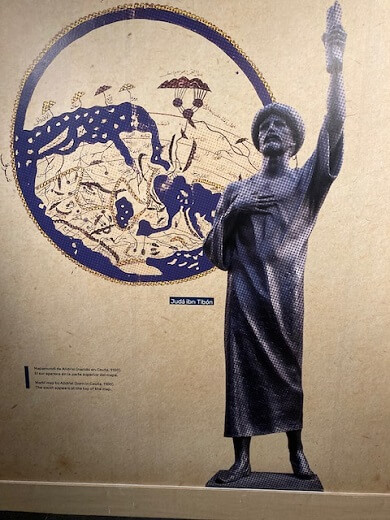
Those in charge of the Cairo guenizah forgot to empty and classify it. So it had been lying dormant and gathering dust for 900 years, carried by the Jews who traded throughout the Mediterranean and those who had to flee with the arrival of the fanatical Almohads. With them ended the tolerance and the economic and cultural splendour of the first centuries of the second millennium.
The documents do not narrate great events or heroic deeds but the daily life of the Jewish community in a territory of Hispania where they had probably settled from the 7th century onwards. They are letters that cross merchants, marriage contracts, wills, promises of donations, judicial reports, a compendium that perfectly explains the customs and way of life of a community that was economically powerful and culturally rich and influential. In Umayyad Córdoba, the greatest prosperity of the Jews was in Granada, Almería and Lucena, as can be deduced from an analysis of many of the documents recovered.
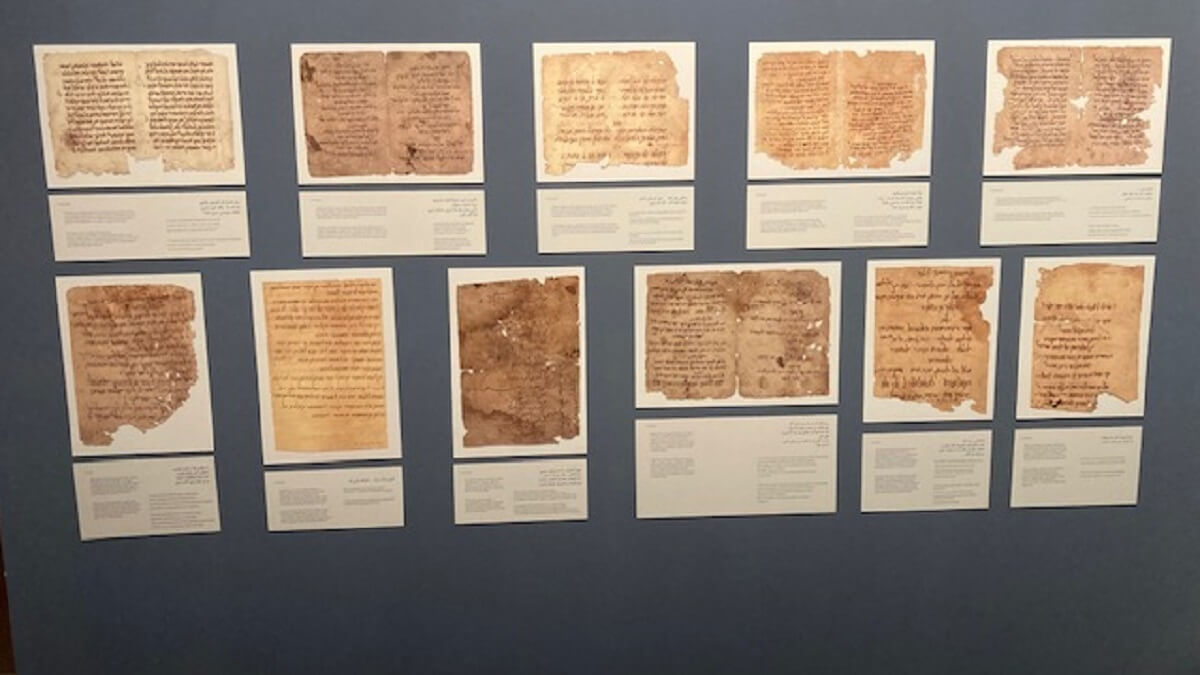
Egypt, on the other hand, was at the centre of a powerful Islamic empire and its vast international trade network stretched across the Mediterranean, from Alandalus in the west to India and Indonesia in the east. Travel within the empire was easy for Muslim, Christian and Jewish citizens, and there was a flourishing trade across faith boundaries. The followers of the different religions cooperated, travelled and traded with each other.
The exhibition, which can be seen until March, is curated by the University of Granada professor José Martínez Delgado, who argues that we should stop talking in Spain about the three cultures, "because in Al-Andalus there was only one: the Muslim culture; what others had were simply fiscal options that were more or less respected".
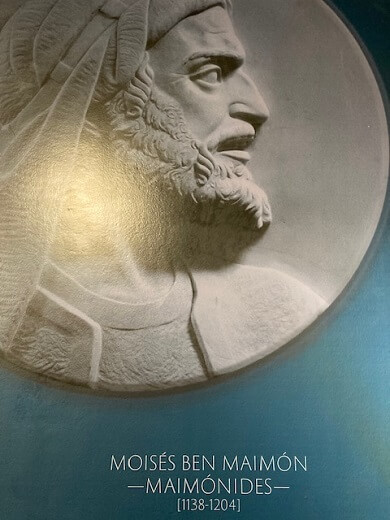
The Almohad invasion provoked the first great exodus of the Andalusian Jews, who settled in the north of the Iberian Peninsula and French Provence, while others crossed part of the Mediterranean to settle in Italy or as far as Egypt. The Sephardim brought the golden age of their world to an end. The Jews who did not leave were integrated into the Castilian Jewish communities, which would finally embark on their great exodus in 1492 with the decree of the Catholic Monarchs, which was not new either, since the Jews had already been expelled from other European countries.


